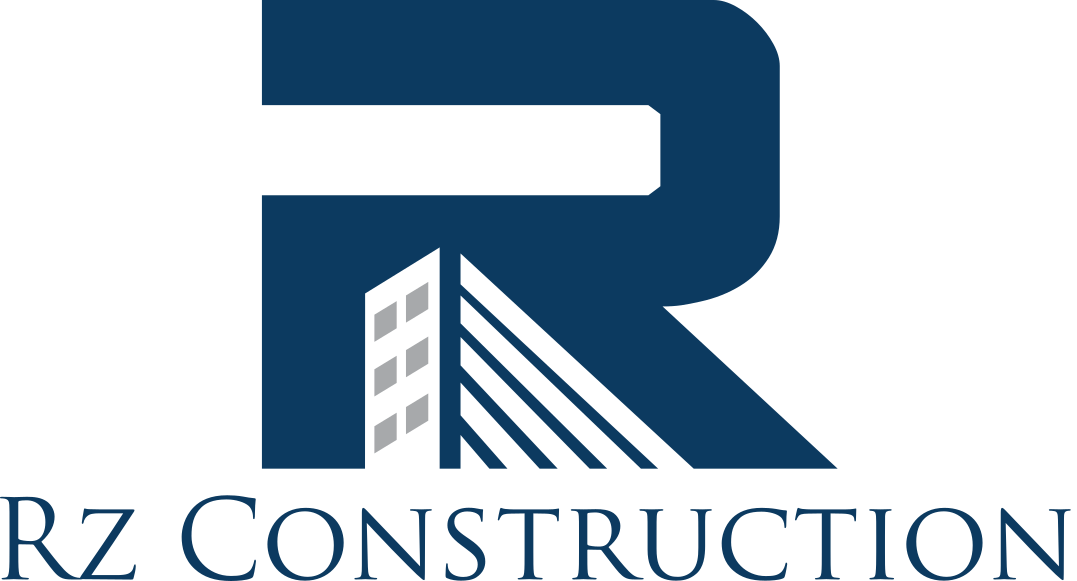Making the exterior of a home or business look attractive with hardscaping, is something that more and more people are investing in, and from patios and driveways, to retaining walls and walkways, there are plenty of ways to do exactly that.
If you’re considering enhancing the functionality and/or curb appeal of a building, you might be wondering whether you should use pavers or concrete to do so. To help you decide, here is a brief breakdown of the pros and cons of both materials:
The appearance of pavers and concrete:
- Size – pavers come in all shapes and sizes, while concrete can be poured into any shape or size desired.
- Style – pavers may have the style advantage over concrete, since more intricate and detailed designs can be created with them, such as running bond and herringbone. However, concrete can be stamped or stained to create texture and colour and that can mimic other materials, such as stone.
The durability of pavers and concrete
Pavers are made from compacted cement or blocks of brick, making them able to cope with more weight than concrete per square inch. Additionally, they’re more flexible and if shifting over time, as they may well do, this won’t affect the design overall.
Susceptible to cracking during extreme weather, or other such conditions, concrete is harder to replace and if improperly cure, may be vulnerable to developing certain flaws.
The difference in cost between pavers and concrete
With slabs of concrete typically costing less than pavers, this may be your preferred material if on a strict or limited budget. That said, the size, location and design of concrete slabs can vary.
Pavers, on the other hand, tend to cost more than concrete, although as with most materials, a number of variables may affect the overall cost. An informal chat with a local construction company might give you a more accurate idea of cost.
The difference in installation between pavers and concrete
Whatever material you end up choosing, the ground will likely have to be dug out and leveled off before a substrate layer is added and tamped down, which can add to the cost of the hardscaping installation, and the timescale. Concrete takes less time to install than pavers, but professional help is essential if the process is to be done correctly.
Pavers, on the other hand, can be installed as a DIY project, although it isn’t generally recommended. Once installed, pavers are good to go, unlike concrete which must be left to dry for a certain period of time.
The maintenance requirements of concrete and pavers
When concrete has been cured properly, it will be extremely hardwearing and stable, but it is generally more sensitive to weather conditions, salt corrosion and shifts that may take place in the ground. With pavers, these problems tend only to cause minor problems such as crumbling, which can easily be dealt with, whereas concrete can become heavily cracked and buckle.
Pavers, when professionally installed, generally require minimal maintenance and repairs, and although they can be subject to cracking during extreme weather conditions, thanks to their ability to move a little more during freeze/thaw cycles, this isn’t so much of a problem.
While both materials have their pros and cons, a conversation with a local professional should help you determine which is the right material for your hardscaping needs. As no two projects are the same, the most appropriate material could be dependent upon a number of factors specific to your requirements, and nobody is better placed to guide you on this than a masonry or construction contractor.
